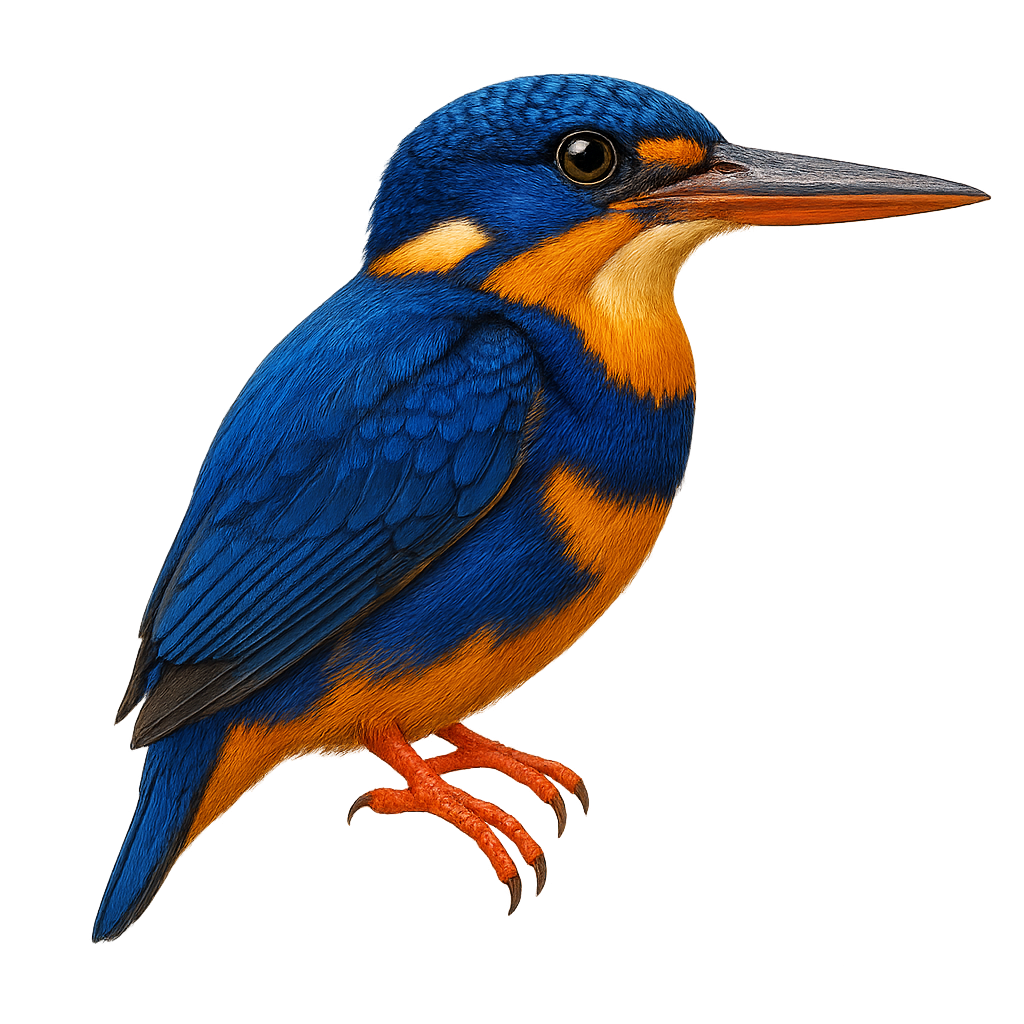Your wildlife photography guide.
Explore the indigo-banded kingfisher in detail, study its behavior, prepare your shots.
Where to observe and photograph the indigo-banded kingfisher in the wild
Learn where and when to spot the indigo-banded kingfisher in the wild, how to identify the species based on distinctive features, and what natural environments it inhabits. The WildlifePhotographer app offers tailored photography tips that reflect the indigo-banded kingfisher’s behavior, helping you capture better wildlife images. Explore the full species profile for key information including description, habitat, active periods, and approach techniques.
Indigo-banded Kingfisher
Scientific name: Ceyx cyanopectus

IUCN Status: Least Concern
Family: ALCEDINIDAE
Group: Birds
Sensitivity to human approach: Suspicious
Minimum approach distance: 10 m
Courtship display: March to April
Incubation: 20-22 jours
Hatchings: March to May
Habitat:
Tropical rainforests, rivers, mangroves
Activity period :
Primarily active during the day, with peak activity in the morning and late afternoon.
Identification and description:
The Indigo-banded Kingfisher, Ceyx cyanopectus, is a fascinating bird found in the humid tropical forests of the Philippines. It is distinguished by its striking plumage, with a bright blue head and back, contrasting with a white chest and black wings. Measuring about 16 cm, it is known for its robust beak and short legs. This kingfisher is an agile predator, primarily feeding on small fish and insects, which it captures by diving with precision. Although often solitary, it can be observed in pairs during the breeding season. Its presence is an indicator of the health of the aquatic ecosystems it inhabits.
Recommended lens:
400mm – adjust based on distance, desired framing (portrait or habitat), and approach conditions.
Photography tips:
To photograph the Indigo-banded Kingfisher, focus on areas near water where it hunts. Use a 400mm or longer telephoto lens to capture details without disturbing it. Be patient and discreet, as this bird is suspicious. Early morning or late afternoon hours provide soft lighting. A tripod can be helpful for stabilizing your camera. Observe its habits to anticipate its movements and be ready to capture its spectacular dive.
The WildlifePhotographer App is coming soon!
Be the first to explore the best nature spots, track rutting seasons, log your observations, and observe more wildlife.
Already 1 439 wildlife lovers subscribed worldwide

